On 21st December, I took a look at the winter solstice in the northern hemisphere. Today, is its opposite, the summer solstice, the beginning of astronomical summer and the longest day in the year.
A quick recap as to what the summer solstice actually is.
The word solstice is a combination of two Latin words - ‘sol’ meaning sun and ‘sistere’ which means to stand still. The sun gets to its highest point in the sky and so we experience the longest period of daylight. (the highest arc in the picture below).
If you observe the sun at the same location and at the same time of day throughout the year, an interesting pattern forms, the analemma. The analemma looks like a number 8 or an infinity symbol and occurs due to the Earth’s tilt and orbital eccentricity.
The highest point on the analemma occurs on the summer solstice and the lowest point on the winter solstice.
Everyone knows where the equator is and you probably remember learning about the Tropics of Cancer and Capricorn when at school. The sun shines directly on the Tropic of Cancer, today, on the summer solstice and over the Tropic of Capricorn on the winter solstice.
Since ancient times, monuments all around the world have been constructed to observe this amazing phenomenon. As with the winter solstice, Stonehenge, located in south-west England, is one of the most famous structures to celebrate the summer solstice. It is estimated to have been built around 5,000 years ago but evidence of 10,000 year old postholes can be seen nearby.
So far that has been a recap of the information I provided last time but the subsequent images show ancient structures that were built to worship the summer solstice (although the summer solstices in the southern hemisphere actually occur in December).
Chichen Itza, located in Yucatán, Mexico, is one of the largest Mayan cities and includes the Temple of Kukulcan, one of the most iconic structures. On the summer solstice the sun at its zenith directly illuminates the northern stairway of the temple.
As the sun sets, the north-western corner of the pyramid casts a series of triangular shadows on the northern stairway, creating the illusion of a snake slowly descending the pyramid until it merges with the large stone-carved serpent head at the bottom.
The Callanish Stones are a complex of standing stones on the Isle of Lewis in the Outer Hebrides, Scotland. The main monument, Callanish I, was constructed in the Neolithic period and is one of the most spectacular megalithic structures in Britain. The stones are arranged in a cruciform pattern with a central stone circle and have a longer avenue stretching to the north, as well as shorter rows of stones to the east, west, and south. The main axis of the monument is aligned with the midsummer sunrise and midwinter sunset.
During the summer solstice, the sun rises over a stone on the horizon known as the "Old Woman of the Moors" or Cailleach na Monteach. Observers standing in the center of the stone circle at Callanish would see the sun rise up from this stone and then skim along the horizon before setting again behind the Cailleach na Monteach.
Machu Picchu, located in the Peruvian Andes, is an Incan city thought to have been built as an estate for the Inca emperor Pachacuti (1438–1472). The site is known for its sophisticated dry-stone walls and its panoramic views over the surrounding mountainous landscape.
Machu Picchu has several structures that align with the sun during the solstices. The most significant of these is the Intihuatana stone. This carved rock pillar is positioned so that it points directly at the sun during the winter solstice. During the summer solstice, the sun sits directly over the pillar, creating no shadow.
The Serpent Mound is an ancient earthwork located in Adams County, Ohio, USA. This impressive effigy mound, shaped like a winding serpent, measures approximately 1,348 feet (411 meters) in length and is the largest serpent effigy in the world.
The Serpent Mound is thought to have been created by the Fort Ancient culture, around 1070 CE, though some suggest it could have been built by an earlier culture known as the Adena, dating back to as early as 300 BC.
The head of the serpent is aligned to the summer solstice sunset. On the summer solstice, observers at the site would see the sun setting over the head of the serpent, which appears to be swallowing a small, round feature that some believe represents the sun.
Fajada Butte, located in Chaco Canyon in New Mexico, USA, hosts one of the most famous examples of archeoastronomy in North America. Here, three large slabs of rock lean against the cliff face, and a spiral petroglyph (rock carving) is pecked into the cliff wall behind them. This is often referred to as the "Sun Dagger" site.
At noon on the summer solstice, a dagger-shaped beam of sunlight passes between the rock slabs and bisects the spiral. On the winter solstice, two daggers of light bracket the spiral. At the equinoxes, a smaller sun dagger touches the centre of the spiral.
Tiwanaku (or Tiahuanaco) is an important Pre-Columbian archaeological site in western Bolivia. The site was the centre of a powerful ancient civilization that dominated a large area of the southern Andes and beyond. Tiwanaku civilization reached its peak between 500 and 900 AD.
One of the key features of Tiwanaku is the Temple of the Sun, also known as the "Kalasasaya." This massive, open-air temple is surrounded by a platform mound and contains several important stone monuments, including the Gateway of the Sun.
This impressive and enigmatic monument is made from a single block of andesite and is decorated with intricate carvings featuring a central figure (possibly a deity) surrounded by winged effigies, various anthropomorphic and zoomorphic figures, and other complex motifs.
The Bighorn Medicine Wheel is a prehistoric stone structure located high on a plateau in the Bighorn National Forest, Wyoming, USA. It is the most well-known of several "medicine wheels" found across the northern United States and southern Canada. These structures, thought to have been built by the indigenous Plains Indians, consist of a central cairn (a pile of stones) surrounded by a circular arrangement of stones, with lines or "spokes" of stones radiating out from the centre.
The Bighorn Medicine Wheel measures about 80 feet (24 meters) in diameter. It has 28 spokes and several smaller cairns around the wheel's perimeter. While the exact age and purpose of the medicine wheel are not known for certain, it's estimated that it could be between 300 and 800 years old.
The Bighorn Medicine Wheel has notable astronomical alignments. Two of the wheel's spokes align with the sunrise and sunset on the summer solstice, and others align with the rising points of certain bright stars (specifically Aldebaran, Rigel, and Sirius) at different times of the year.
Nabta Playa is an ancient archaeological site located in the Nubian Desert, southern Egypt. The site, which dates back to the early to middle Neolithic period (around 7,000-6,500 BC), was once a large internally drained basin where, seasonally, rainwater would create a lake or playa, attracting animals and human life.
One of the most striking features of Nabta Playa is a complex of megalithic structures and stone circles, including alignments of upright slabs, or "megaliths," some of which are several meters high. These structures are believed to be among the oldest known astronomical alignments of megaliths in the world, predating Stonehenge by over a thousand years.
A particularly intriguing feature is the large stone circle, which contains four pairs of larger stones, each pair aligned in a north-south direction. Two of these pairs align to the position of the sunrise at the summer solstice, while another pair appears to align with a bright star, possibly Aldebaran, as it would have appeared in 4,800 BC.
Happy Summer Solstice!




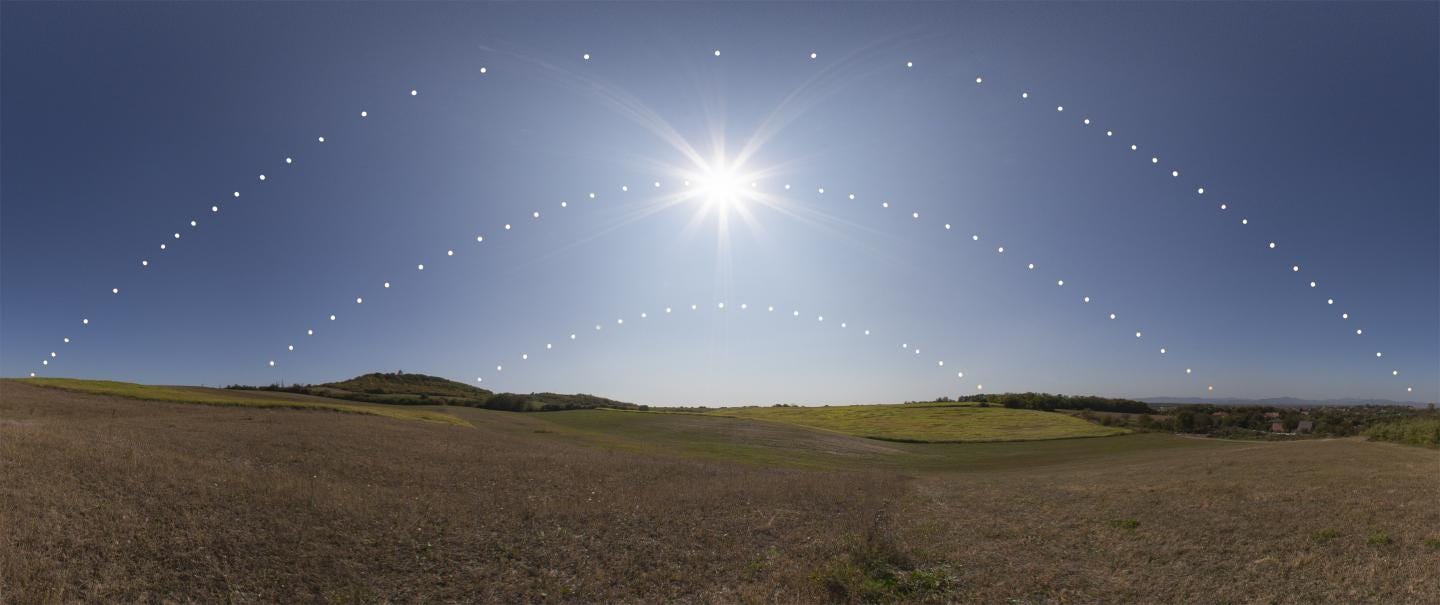
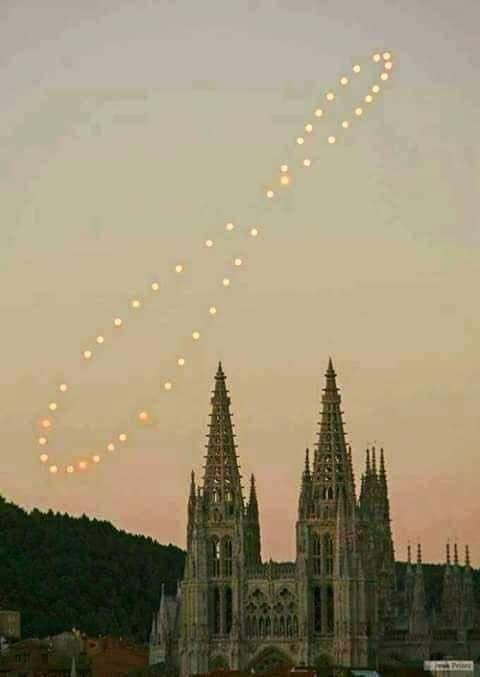

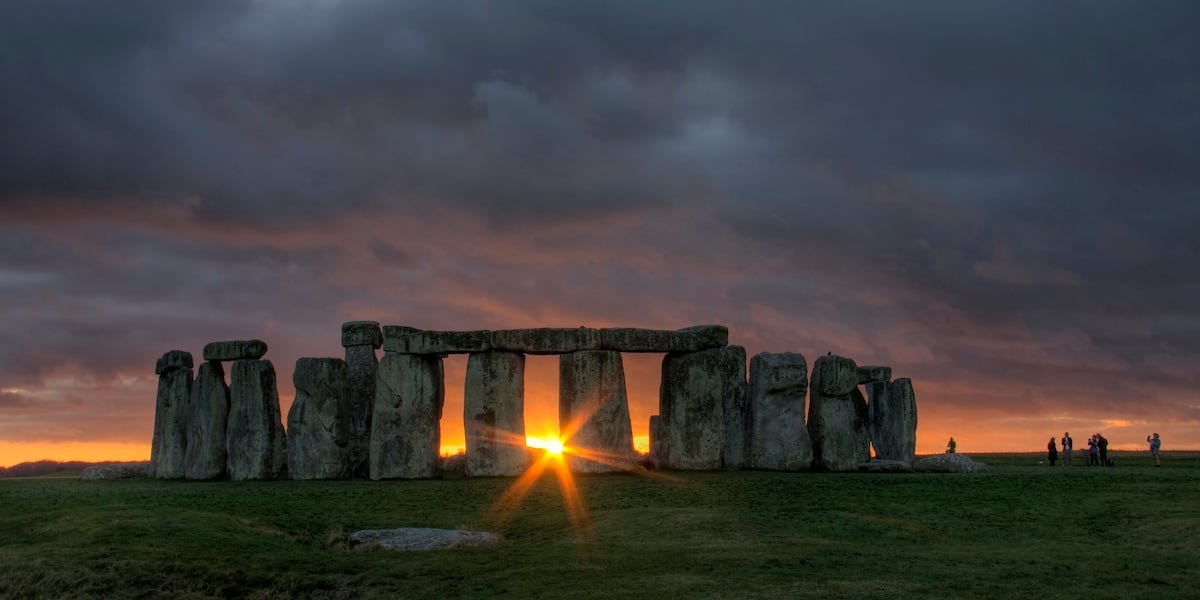
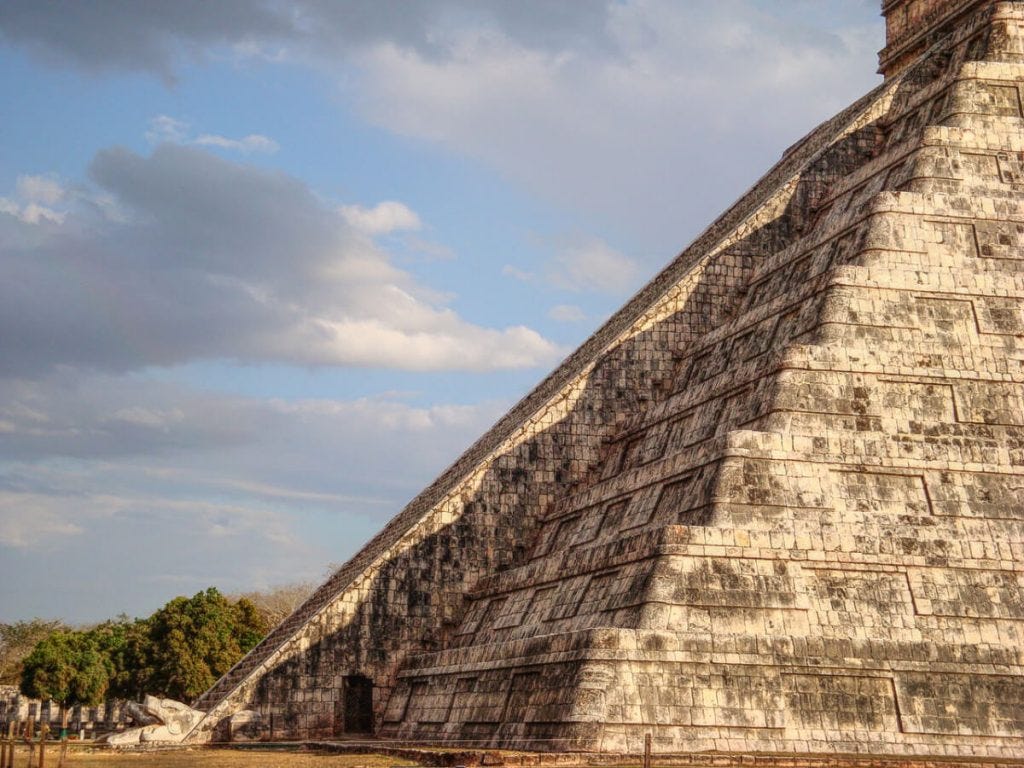
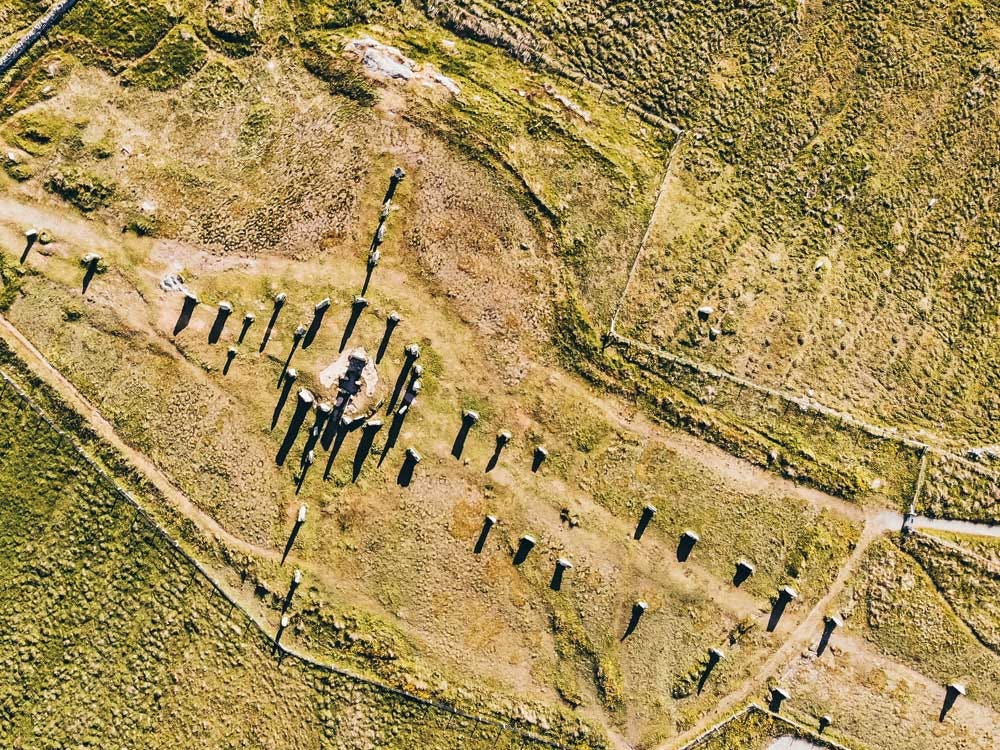
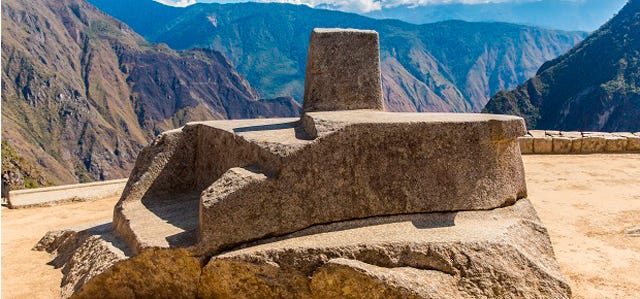
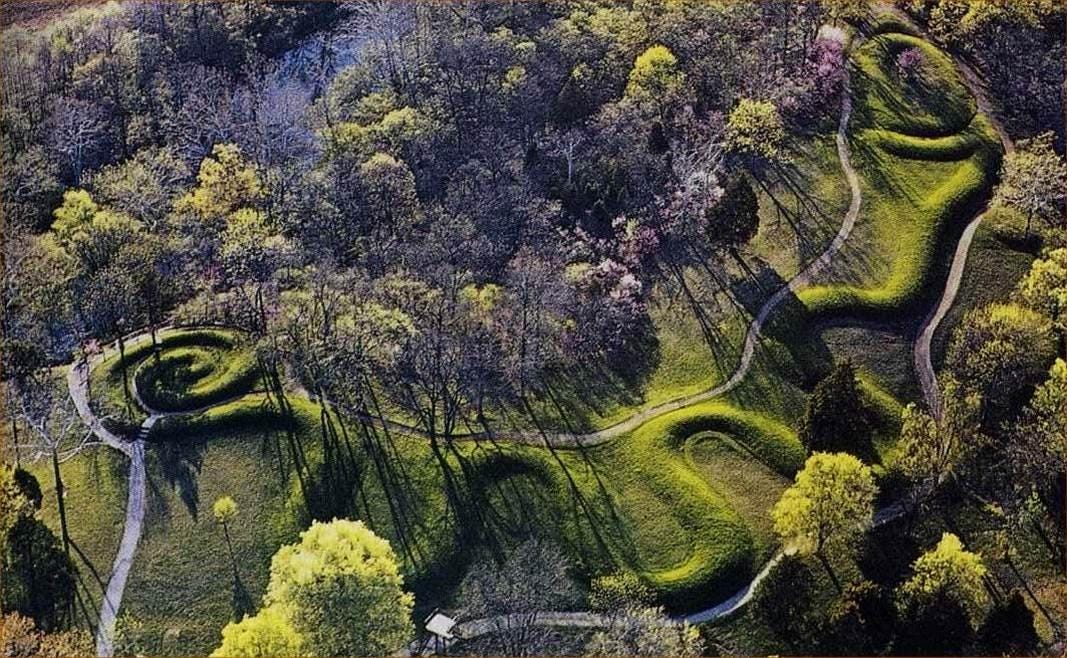
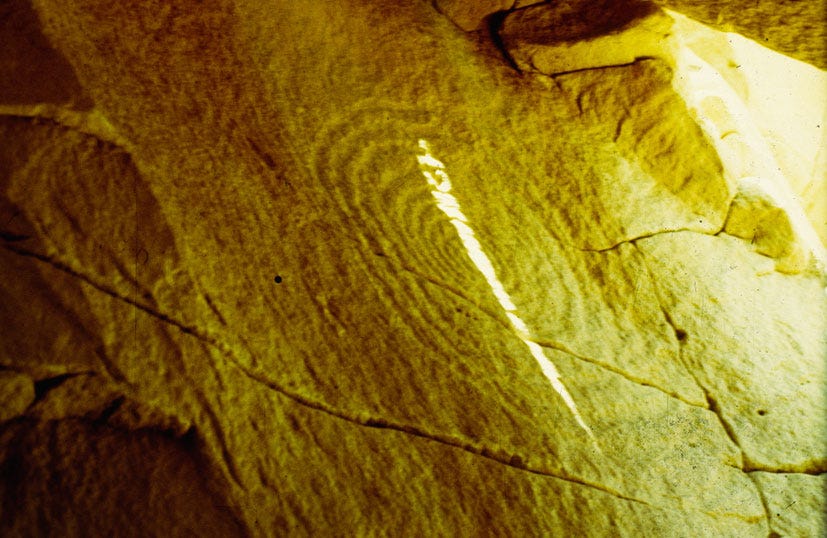
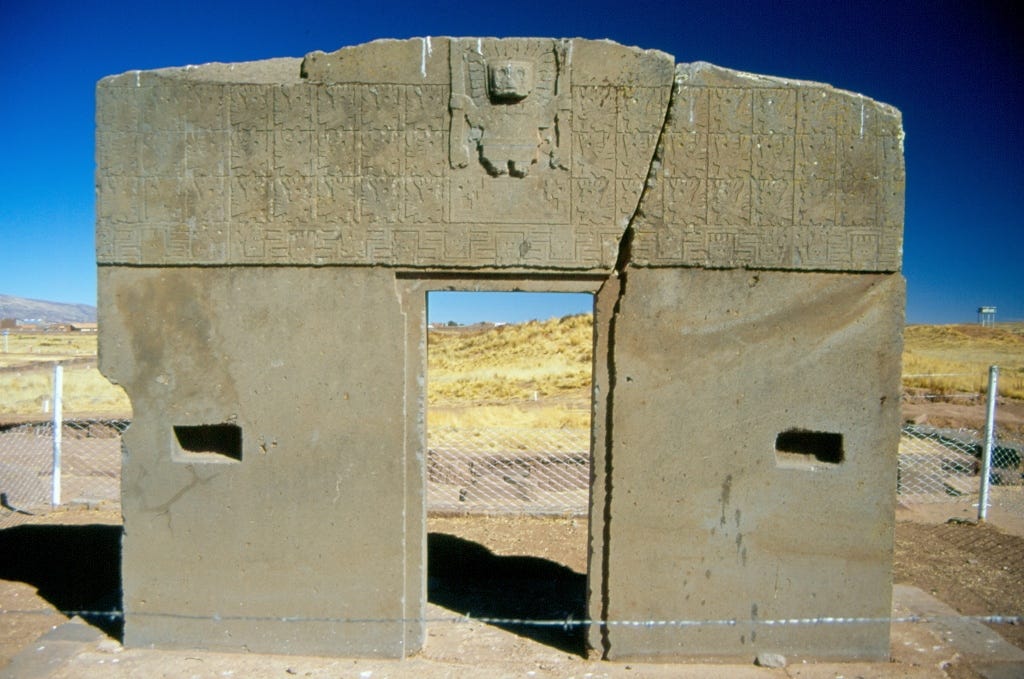
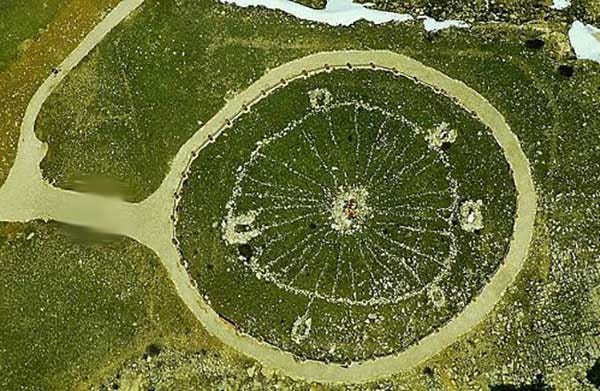

I miss the woman I used to be. On the summer solstice, I used to throw a white dinner party...white tablecloth, white plates, all white food..swordfish, rice, white leeks or white asparagus, and white something for dessert, usually panna cotta....and we dressed in white.
Don't ask me why, it was just a thing.
I am so far from that right now...but I miss it.
Thank you so much.
Such a pleasant and important essay to remind us of our awe-inspiring world.
Happy Solstice.